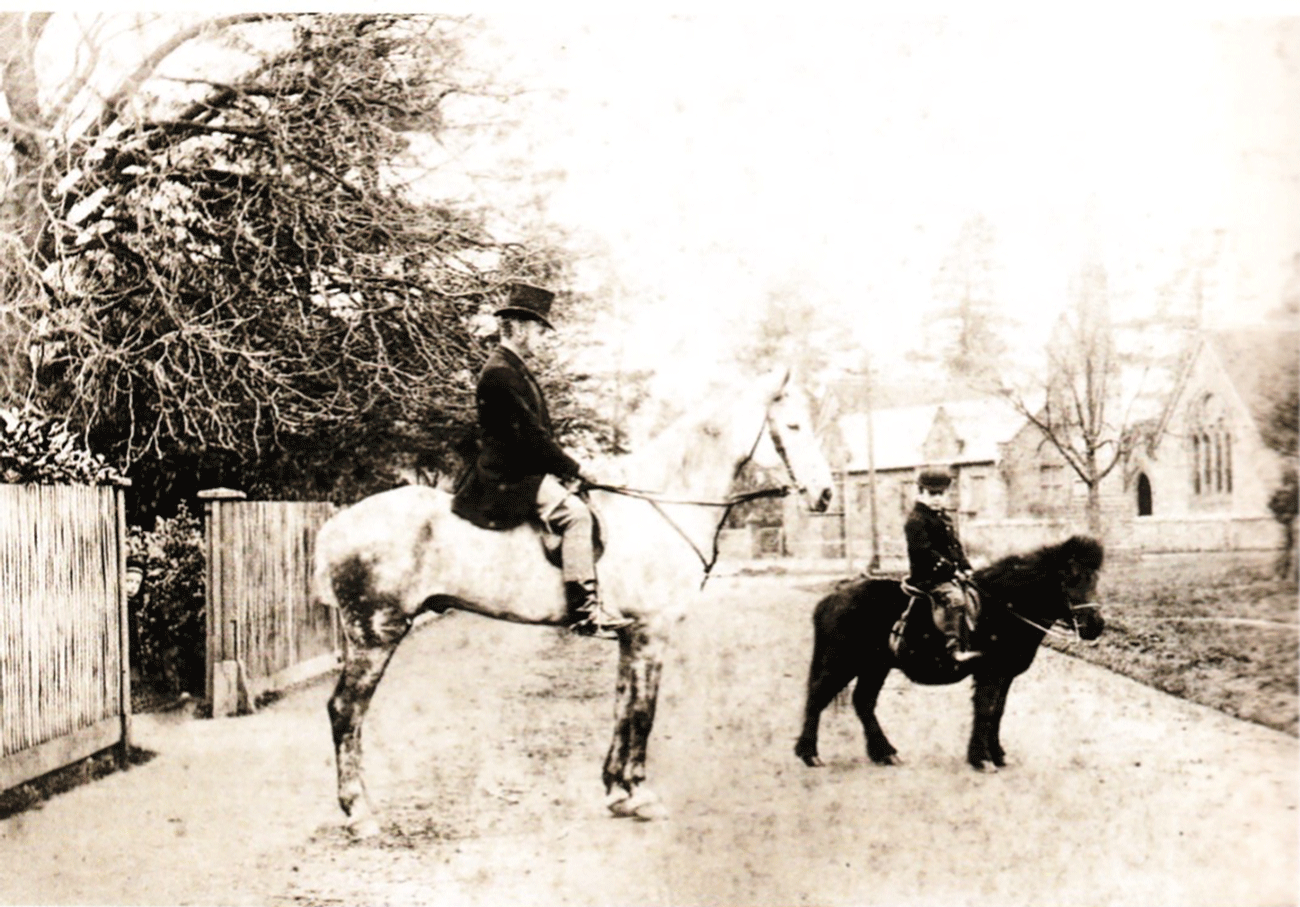
By Joy Horn (Main photo – Dr Arthur Napper and his son Harold, outside Broadoak)
This walk will take in various medical sites and the three houses where Cranleigh’s early doctors lived. It is about one level mile long, with resting-places.
It starts in Horsham Road (B2128), outside no. 22, Flagstones, a fine house of 1924, built for Dr J. Keith Willis. Doctors then held their surgeries at their own houses, and Flagstones was designed with a separate front door for patients, leading to the waiting-room, dispensary and surgery. Patients, of course, paid for each consultation, and any medicines.
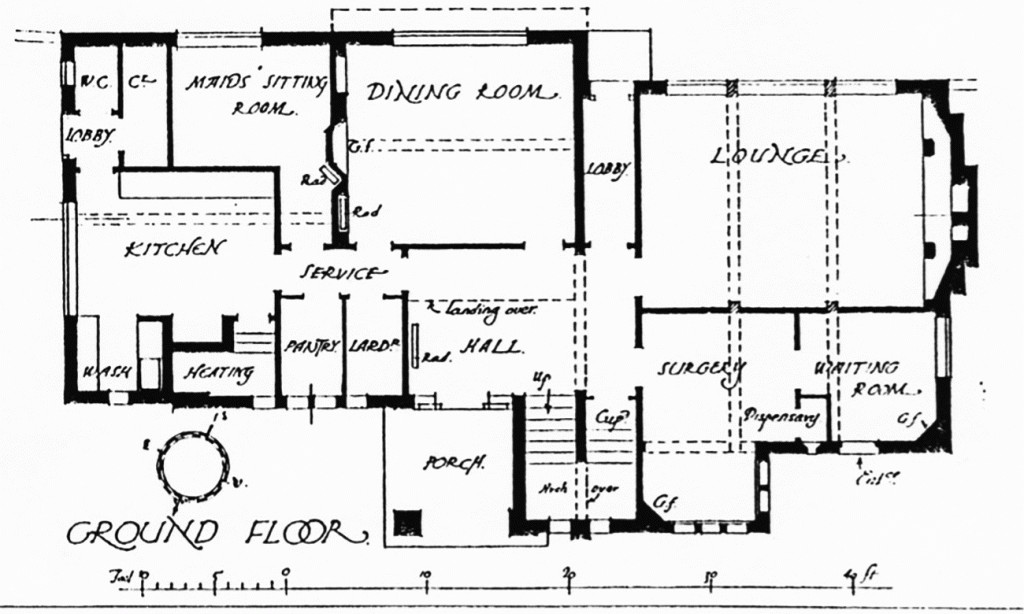
Near the Obelisk stands Broadoak, another fine house, which was home to doctors for nearly a century. The first of these was Dr John Ellery, who is thought to have put up the Obelisk opposite his house to commemorate the opening of the turnpike road through Cranleigh. His brother Dr Jacob succeeded him in 1835, reconstructed the house, and was Cranleigh’s doctor for 20 years. Then in the 1850s came Dr Alfred Napper, the far-sighted founder of the village hospital, and later his son Dr Arthur Napper, principal Cranleigh doctor for 50 years, who is remembered for his witticisms and for visiting his patients on horseback.
Spare a minute to cross over the road to the parish church and look into the porch, built in memory of Dr Jacob Ellery. There is a carved inscription to him inside it, high up on the walls. There are monuments in the churchyard to the Napper family, including Dr Arthur’s 15-year-old son Harold, killed by a cricket ball in a freak accident while at Epsom College (the favoured school for doctors’ sons).
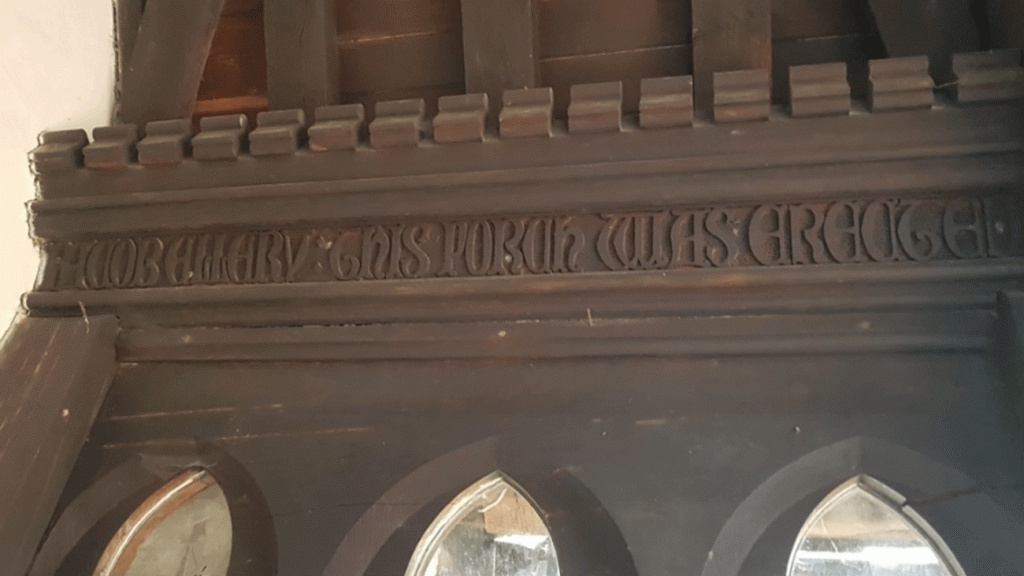
(by his widow in 1864)
Back on the south side of the High Street is the old Village Hospital, founded in 1859 in a 15th-century cottage belonging to the church. Dr Napper had been appalled to discover that farm labourers had to be treated, after various horrific accidents, in their own cottages, which were small, remote and often insanitary. In the hospital they could be cared for in clean conditions, with medical equipment to hand, and nursing care. Costs were met by local people who made annual subscriptions and gave many gifts; patients paid what they could. The village held gift days (‘pound days’) and egg days. Cranleigh’s hospital was the pattern for many other villages.
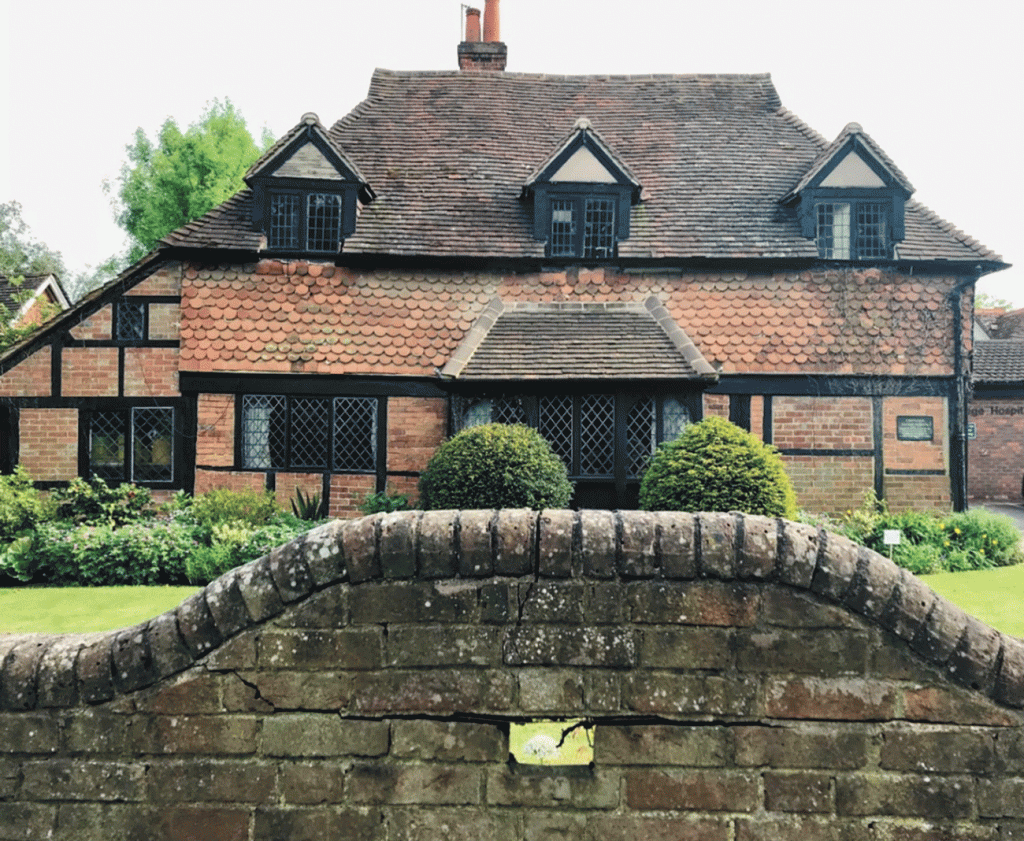
The old hospital was transferred to the National Health Service in 1948, and continued in use. Various extensions were built, but the original building became inappropriate for modern bed care. The NHS has recently returned the old cottage to the Cranleigh Heritage Trust, who are planning to restore it to community use. Look for the plaque about the hospital, and the nearby water pump outside the side door. Close by the rear of the hospital is the present Medical Centre, opened in 2012, served by a large team of doctors.
Back on the High Street, take the lane on the left after Cranleigh Bathrooms. Along here is a solicitor’s in Denning House, built in 1930 as the headquarters of the local branch of the St John Ambulance Brigade, as announced by a plaque high up on the front. The SJA has provided first aid cover at local events since the early 1900s.
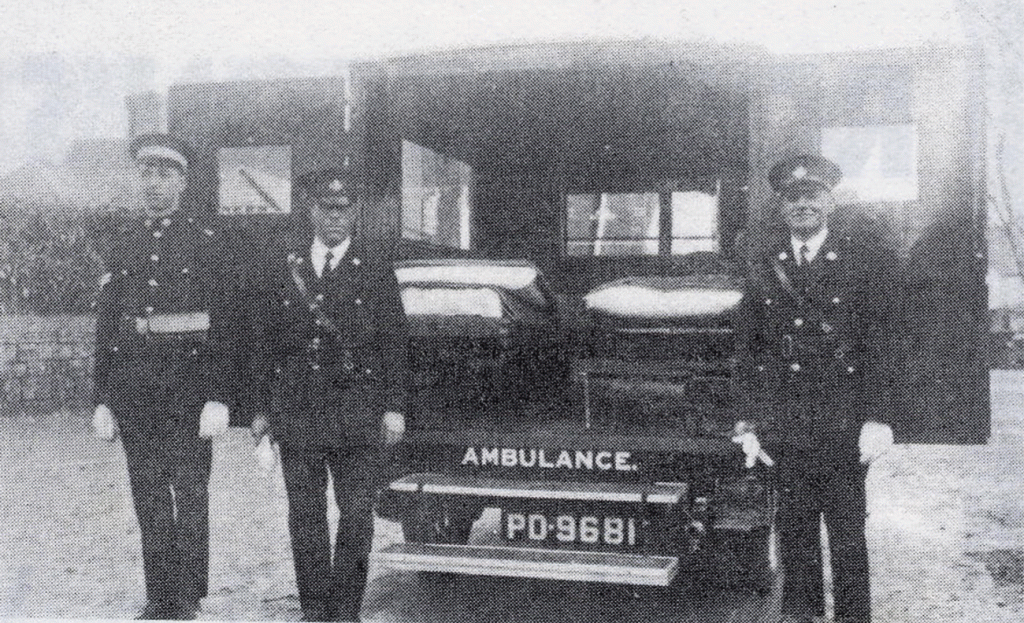
Beyond Denning House, bear right and then left, towards the junction of the Downs Link Path and Knowle Lane.
On the left is an empty field which was given to Cranleigh around 2000 as the site for a new hospital with nurses’ accommodation, a project which never materialised. It would have been ideally situated. Walk to Knowle Lane. Down here, though it is not worth walking down the dangerous road, opposite the entrance to Knowle Park, was a large house called Oaklands, used as a Red Cross military hospital during the First World War. It has now been redeveloped as flats.

Back in the High Street, and still walking west, you will pass the Cranleigh Pharmacy, formerly Hillman Attwell’s, which has been a chemist’s for well over 100 years. The second generation Hillman Attwell – Bob – was a notable fast bowler for Cranleigh Cricket Club.
Continuing west, about 50 metres beyond the Methodist church, is Tring House. During the Second World War and until at least 1965, this was an Infant Welfare Centre. It was open on Monday afternoons, for Cranleigh babies to be regularly weighed. Cod Liver Oil, Orange Juice and Rose Hip Syrup were available, and a District Nurse was on hand to give advice.
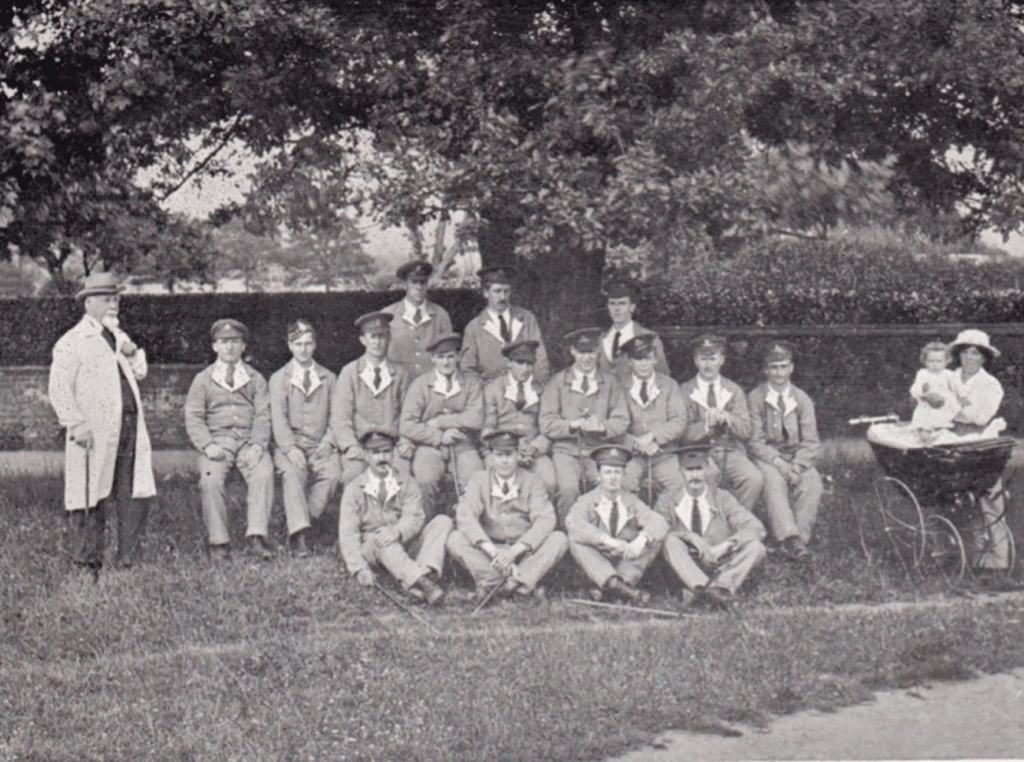
Cross to the Common and look out for Maple Tree House and Kelsham (dentist’s). This was previously called East Gables and was the home of Dr Alexander Hope Walker. He, with Doctors Arthur Napper and Keith Willis, formed the local medical partnership 100 years ago. His gardener and driver, who lived in The Hollies, near the Baptist Church, changed from driving the doctor in a horse-drawn carriage to driving him in a car, on his visits to patients.
The Cranleigh History Society meets on the second Thursday of each month in the Band Room. The next meeting will be on March 9th, when Roger Green will speak on ‘Hinemihi: a Maori meeting-place’.

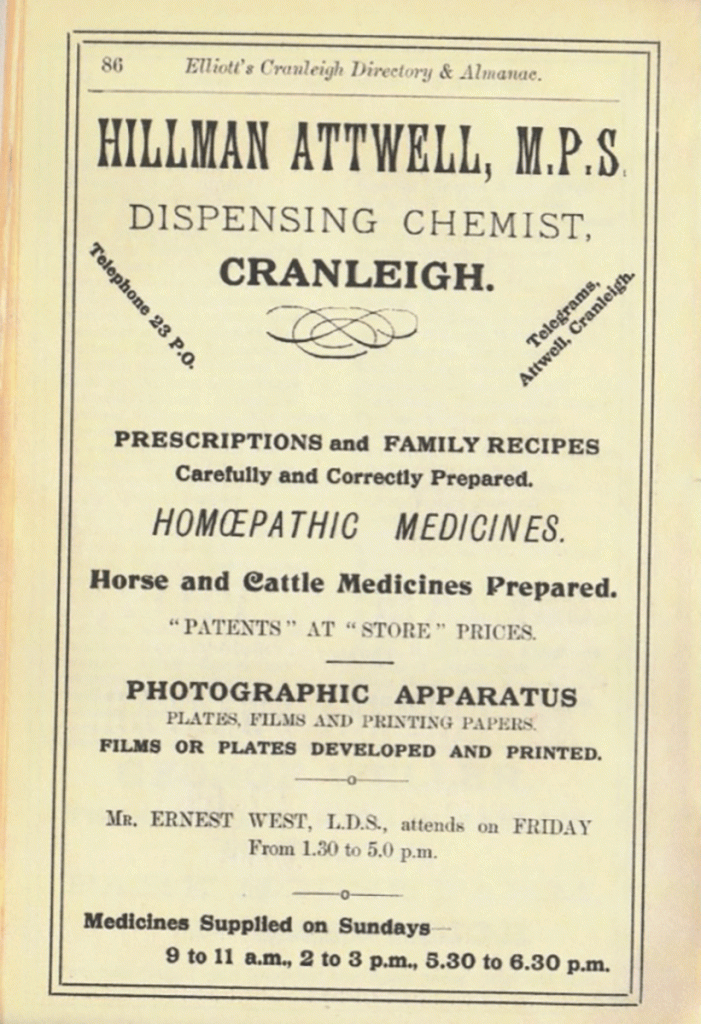
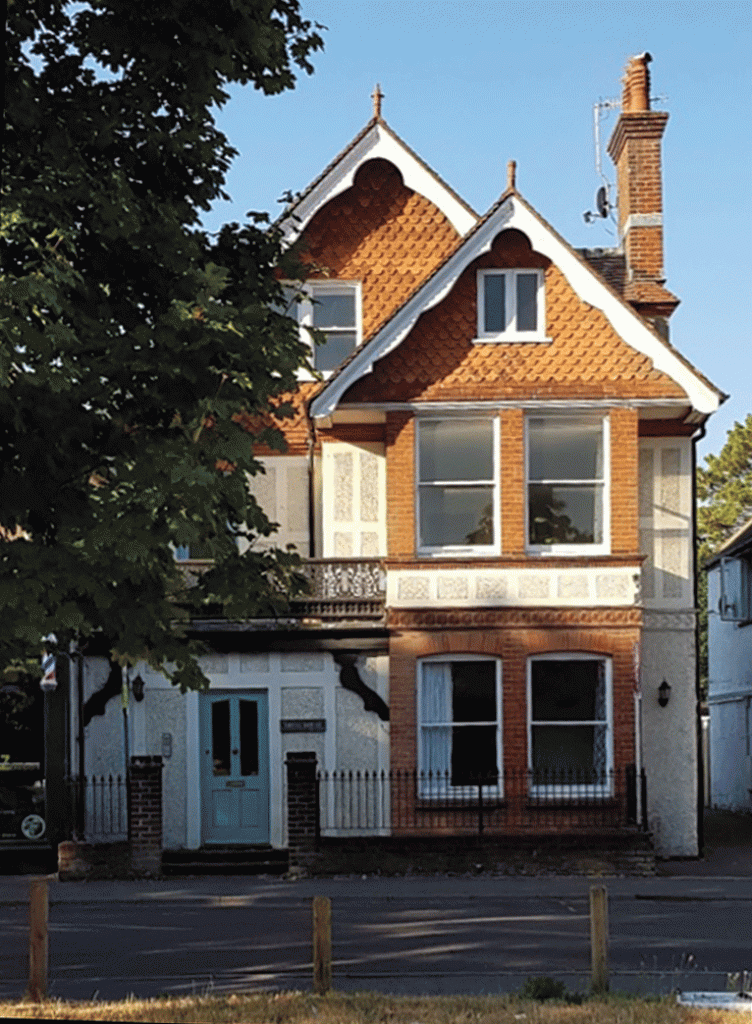











Thank you for this. Fascinating to see how so much was self funded by the community. The Nappers were also the Cranleigh School doctors and early records mention visits on horseback